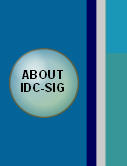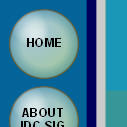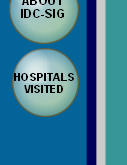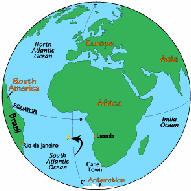.gif)
.gif)

|
Imaging in Developing Countries |
|
Special Interest Group |












|
I recently returned from a five week ‘working holiday’ on the island of St Helena in the South Atlantic Ocean. It is a beautiful sub tropical island with an ideal climate and a whole lot to recommend it but sadly no beaches. It is the second most remote inhabited island in the world and the people are an eclectic mix with a very interesting history. The population of the island is 5000 approximately. |

|
While there my mission was to improve the quality of the imaging service. The present service is provided by two nurses (June and Maureen) who have had some training in the production of images. |
|
My conclusion at the end of the time there was that a radiographer was/is badly needed on the island. This individual would need to have a good knowledge of radiography (no automatic exposures!), ability to use screens and film as well as knowledge of automatic processing. He or she would also need knowledge of ultrasound as well as the ability to teach both modalities. |
|
Radiographer Needed in St Helena! |
|
The island does not have an airport so to get there requires a minimum four day trip – by air to Ascension Island and two and a half days by ship from there so getting there is an adventure in itself and a pleasant one at that. I carried with me an actinic marker – a gift from SoR to the darkroom on the island - so thank you to those concerned. |
.gif)

|
If anyone is interested feel free to email me for more information – it would be a lovely place for a year or so. It is a paid position incidentally!! |
|
|
|
Margaret Mulligan (mull_nz@yahoo.com) |